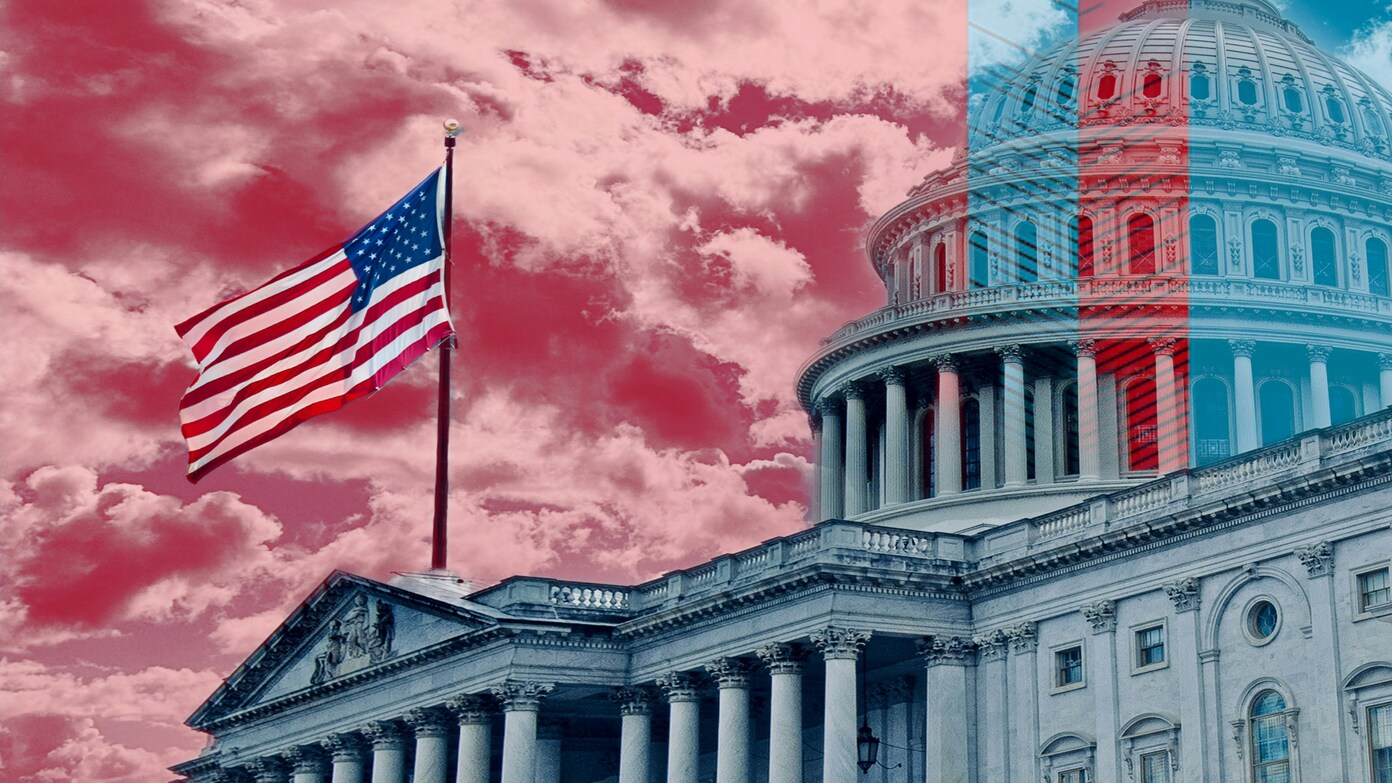Shutdowns: An American problem
Over the past 40 years, the American government has shut down ten times. During a shutdown, federal employees are not paid, national parks are closed, and certain public services cease operation. It is stressful for millions of individuals.
But here’s the strange part: shutdowns don’t occur anywhere else on Earth. Even if countries are in the midst of wars, political upheavals, or nasty arguments, their governments usually keep running. So why does this problem just keep coming back in America?
Read this later: Powell: “It’s a challenging situation” with job market and inflation pressuring Fed.
How the U.S. system works
The answer lies in the structure of the American government. America is federal with three branches that are clearly separate: the executive (the president), the legislative (Congress), and the judicial (the courts).
Because of this separation, it isn’t common for the president and Congress to be controlled by different political parties. The founders believed this would stimulate compromise. But nowadays, it seems to cause more wars.
When the president and Congress cannot reach an agreement on spending, the entire process comes to a halt.
A law that altered everything
Before 1980, if Congress did not pass a budget, the government could still function in a limited way. Essential services were allowed to continue while legislators hammered out a choice.
That was reversed during President Jimmy Carter. In 1980, his Attorney General gave a strict interpretation to the Anti-Deficiency Act of 1884, a law that forbids spending money without Congressional approval. The new policy was simple: no budget, no spending.
The following year, 1981, President Ronald Reagan vetoed a spending bill, and the first official U.S. shutdown happened. Shutdowns have happened repeatedly since—sometimes for hours, sometimes for weeks. The longest ever lasted 35 days in December 2018 and January 2019.
Read this later: Government shutdown still a real possibility as Congress fails to reach deal
What happens during a shutdown?
When the U.S. government is closed, nothing comes to a stop. Basic services like Social Security, the military, and air traffic control remain in service. But hundreds of thousands of federal employees get sent home without pay.
For example, in the 2018–2019 shutdown, some employees went without pay for weeks. The White House estimated the economy lost 0.1% of GDP growth per week the shutdown lasted.
It isn’t just workers who get injured. Every day, Americans experience it as well—national parks close, tax refunds are held up, and small businesses that rely on federal contracts lose income.
Why don’t other countries shut down
In all the other democracies, shutdowns don’t happen because of the way their governments are structured. Most have a parliamentary system, in which the executive (prime minister) and legislature (parliament) are controlled by the same party or coalition.
If a parliament refuses to pass a budget, the result is often a new election, not a freeze on services. Government workers keep on working while citizens decide who gets to rule.
For example:
- In Canada (2011), the government lost a vote on a budget, but did not have a shutdown; instead, an election took place.
- In Belgium (2010–2011), there was no elected government for 589 days, but governmental services kept running without interruption.
- In Ireland (2016–2020), because there were budgets that had to be supported by opposition parties, a minority government was in power.
Why the U.S. is different today
The U.S. has become more politically polarised. Both sides are less likely to compromise. Instead, they will use the spectre of a shutdown as a bargaining chip to try to extract concessions from the other side regularly.
Congress has recently managed to stave off shutdowns by passing short-term appropriations bills, but these are temporary fixes only. With President-elect Donald Trump and his Republican allies aligned against a further extension, another shutdown could be only days away.
Read this later: What are the new H-1B rules that President Donald Trump has announced

